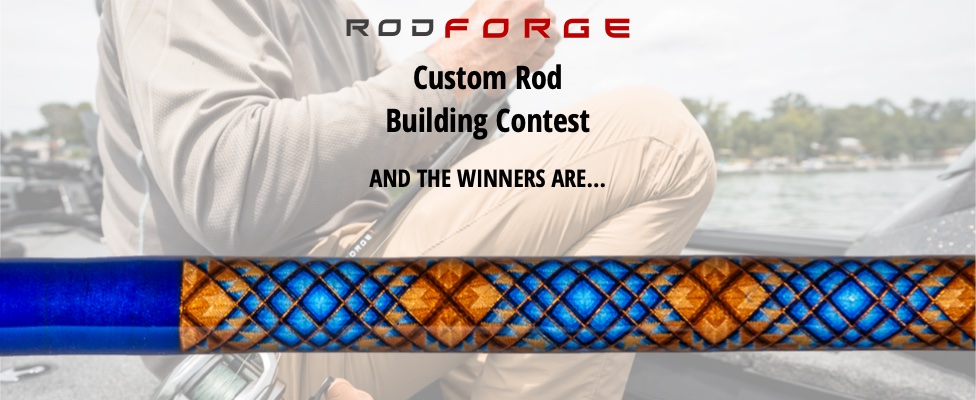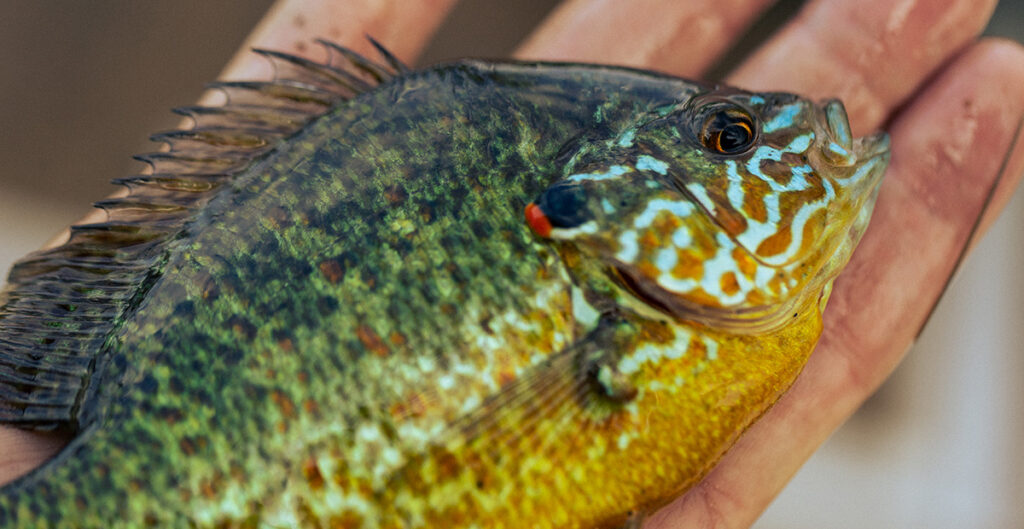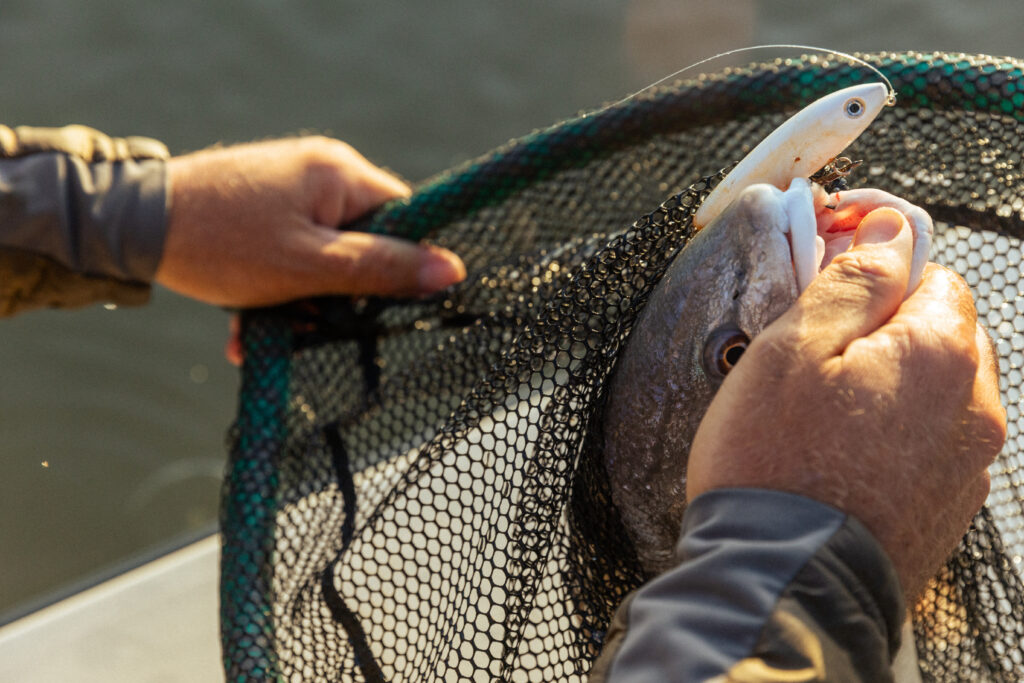The art of building a custom fishing rod has many aspects: what guides should be used, what colors to wrap them, and which grip materials are ideal. But the most important factor – is blank selection. It can be quite overwhelming for even a seasoned builder to decide which blank to use for their project.
Length, action, power, and how it bends are all factors that go into choosing the right one. It makes it even more difficult when all you have to go on is a catalog or website with a bunch of ratings of which there is no industry standard.
How to go about choosing the right blank?
When I started building rods, I spent a lot of time in tackle shops bending rods. I had a notepad and would record the action and power of each and how I felt they would work for a specific fishing technique. This allowed me to learn each manufacturers ratings, and how each company compared to each other. IE: A 15-30# rod from one company would fish toward the lighter end of that rating, while another towards the top end. In general, most manufacturers rate their products the same way, so it should be consistent within that company, so once you familiarize yourself with a Manufacturer, you will have a better idea of their other models sight unseen.
It’s a little different today. Many of the blank manufacturers do not sell factory rods so we have two options:
- Purchase blanks we think will work for our application, build, and then fish them. Repeat the process until you find the one that suits your needs.
- Have a trusted reputable builder who fishes and is willing to share their knowledge with you to help you choose the right blank.
As we progress in our building careers and start to take orders from fishermen – this is what many of us do for them.
The absolute most important aspect of blank selection – knowing what you or your customer wants in a rod. What fish species, and what fishing application will be used for that fishery is of utmost importance.
Blank Length
Will you be fishing from a boat or on land? Wading an open river or a mountain creek with a canopy of trees and bushes? There are so many factors that go into each specific fishery.
In general, the longer the rod, the longer you will be able to cast. The tradeoff will be controlling the fish, as the longer the rod, the more leverage the fish will have and the harder it will be to bring the fish in.
A typical Northeast surf rod is 9-11’ in length, but in the Outer Banks, they are 11-13’.
An inshore saltwater boat rod’s standard length is 7-7’6, while an offshore rod will be quite a bit shorter at 5’6-6’6. Of course, that all depends, as a tuna popping rod’s standard length is 8’.
Bottom line – You must know what the rod will be used for and based on that knowledge, select a blank with the right length.
Power
When discussing the power of the blank, fishermen are generally talking about the stiffness in the bottom half of the blank. The type of material used, and the thickness of the blank will determine how stiff and how much power the blank has. A high-modulus carbon blank with a thin diameter might be stiffer than a thicker SGlass blank, but they will have the same amount of power and have a completely different feel.
Freshwater blanks are usually categorized in very simple ratings: Ultra Lite (UL), Light (L), Medium Light (ML), Medium (M), Medium Heavy (MH), Heavy (H) and Extra Heavy (XH). Saltwater ratings are usually categorized by line ratings: 4-8 lb, 10-20 lb, 40-80 lb. Again, these ratings are arbitrary and differ from manufacturer to manufacturer so try to avoid comparing blanks from different manufacturers based on ratings, rather bend them side by side and determine if the blank will be good for your fishing application.
Action
The action of a fishing rod refers to how the blank bends from the tip when the lures in the rating range are being cast and worked. If you pull hard enough on any blank, the blank is going to bend all the way into the handle area. Extra fast blanks will only bend in the top three or four guides, while slow action blanks will bend into the handle.
Each fishing application and angler will have their preferences for the way they like a particular rod to bend. As a builder, we must learn all these preferences and figure out what is the right one to use on a custom build.
Sensitivity
This is a crazy term, as it has several meanings depending on the fishing application. A bass angler using a Ned rig will want a sensitive rod to feel the bite. In this case, a stiff light-tipped blank made from a high modulus material (HTD Series), combined with using lighter guides on the tip of the rod, allows them to feel the bite more.
An angler targeting catfish looking for a sensitive rod would want one that detects bites and allows them to “see” the tip twitch and bounce when a fish eats. In other words, they want a softer tip.
Who is right when asking for a sensitive blank? Everyone.
The only people who are wrong in describing sensitivity are those who argue the other is wrong. For saltwater fishing, I’ve found that the more you feel the fish when they bite, the more you feel the fish when they fight.
Tying It Altogether – Which Rod Forge Blank?
Using a 7’ Medium Fast blank as an example let’s take a deeper look at how to select the right blank for your fishing application using each of the Rod Forge series of blanks: the NSB, NSB Inshore, and HTD series.

Comparing the Freshwater Series: HTD and NSB Blanks
Each has the same length, power, and action and they share the same line and lure rating. Where these two blanks differ is in the overall weight (and feel) of the blank – the HTD is 20% lighter.
Using a higher modulus carbon material in the construction of the blank allows less material to be used while maintaining the same action and power. Higher modulus material also produces a blank which is stiffer when compared to a blank made with lower modulus material, making it feel crisper and more “sensitive”.
If you want a blank that is better at detecting bites, crisp, and recovers quicker when working the lures – the HTD is an excellent choice for those applications.
Comparing the NSB & NSB Inshore series
These blanks share the same length, power, and action, but the line and lure ratings are slightly higher in the NSB Inshore series, as is the weight of the blank. Both blanks are made from the same material, but the additional weight tells us there is a little bit more material in the NSB Inshore blank, and that is what accounts for the increased ratings.
For all Rod Forge blank specs, click here.
– Billy Vivona




